Speaker Information
View the content of this page
Pieter Vanden Berghe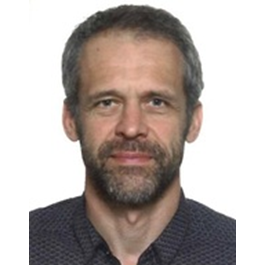
Laboratory for Enteric NeuroScience - Cell and tissue Imaging Cluster (CIC)
TARGID - KU Leuven - Belgium
https://gbiomed.kuleuven.be/english/research/50000625/50000628/site/lens.htm
Title: Imaging long distance neuronal connections with a novel dual microscopy setup
Bio: Pieter Vanden Berghe is a professor at the faculty of Medicine, KU Leuven and he is in charge of the Laboratory of Enteric NeuroScience, a lab that focuses on the function of the enteric nervous system and other neuronal tissues in normal and pathophysiological conditions. As the lab acronym suggests, the main techniques used are (live) microscopy based. In the research field of neurogastroenterology, microscopic imaging has become a crucial and essential tool to assess neuro-glial function. Shortly before starting his independent PI position, he became the director of the Cell and Tissue Imaging Cluster (CIC) at KU Leuven. Under his leadership the microscopy cluster has been expanded to include the most novel microscopy imaging instrumentation (confocal, multiphoton, spinning disk and fast imaging equipment, non-linear 2-photon/3-photon and STED super-resolution microscopy). All of these setups are dedicated to perform physiological imaging and are managed in a core facility type of organization, open to all researchers from within and outside the university.
Gilles Claude Vanwalleghem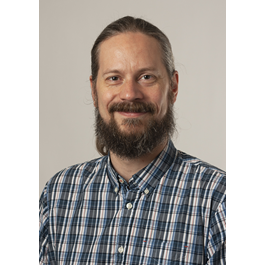
Department of Molecular Biology and Genetics
Team leader at Danish Research Institute of Translational Neuroscience
DANDRITE, Nordic-EMBL Partnership for Molecular Medicine
Aarhus University - Denmark
https://mbg.au.dk/en/gilles-vanwalleghem
Title: Whole brain imaging in a vertebrate model using light-sheet microscopy
Bio: Gilles Claude Vanwalleghem has been working at Aarhus University since October 2021 as an assistant professor. He did his Ph.D. at the Université Libre de Bruxelles, where he worked in Prof. Etienne Pays’ lab on an African parasite, Trypanosoma brucei, and studied how it interacts with its mammalian host. His involvement with neuroscience and whole brain imaging started in 2014 with an EMBO long-term fellowship to join Prof. Ethan Scott’s lab at the University of Queensland to study how larval zebrafish sense their environment. After working with most senses of the zebrafish (vision, audition, vestibular, water flow), he switched his focus on the enteric nervous system. His lab uses in vivo functional imaging of larval zebrafish to understand how the enteric nervous system reacts to changes in the gut, and how it can regulate the microbiome through the immune system.
Rogier Min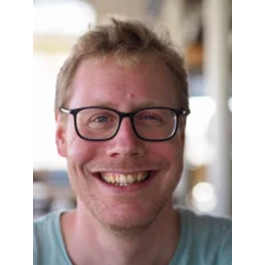
Department of Integrative Neurophysiology
Center for Neurogenomics and Cognitive Research
Vrije Universiteit Amsterdam - The Netherlands
https://inf.cncr.nl/research_teams/glial_pathophysiology/
Title: Visualizing disrupted volume dynamics of brain astrocytes in the rare leukodystrophy MLC
Bio: Rogier is an electrophysiologist interested in how the precise balance of ions and water in our brain enables electrical activity. Astrocytes are crucial in maintaining this balance, and their dysfunction disrupts brain activity in a group of devastating heritable white matter diseases (leukodystrophies). In the lab we study such diseases in isolated astrocytes, acute brain slices and in vivo, by combining patch clamp recordings, live cell imaging and molecular biology in transgenic mouse models. We closely collaborate with clinicians in our center, the Amsterdam Leukodystrophy Center. Hopefully this collaboration will aid the search for urgently needed treatment for these diseases.
Tassos Economou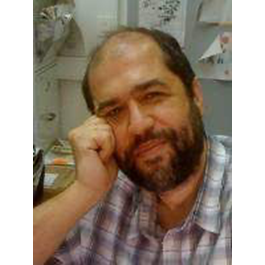
Professor at the Department of Microbiology, Immunology and Transplantation
Head of the Molecular Bacteriology Unit at the Rega Institute
Director of the Sybioma Proteomics facility
KU Leuven - Belgium
http://rega.kuleuven.be/bac, http://stepdb.eu, http://www.proteinflow.eu
Title: Protein export: dynamic machines for dynamic clients
Bio: Prof. Economou aims to understand and ultimately rationally manipulate the molecular mechanism of protein trafficking across biological membranes with an emphasis in the study of trafficking in the bacterial cell envelope and beyond (e.g. the Sec and type III protein export systems). He has exploited these systems to develop novel anti-secretion antibiotics and biotechnological solutions. The underlying nature of these trafficking proteins to remain non-folded and to then fold under the influence of specific interactions has led us in recent years to develop a strong interest on the fundamental aspect of the so called “protein folding problem” and we hope to make a contribution in this field with our focus on the unique secretory molecules. He retains a constant interest in highly dynamic proteins, including some involved in membrane fusion, apoptosis and disease. He has a highly multi-disciplinary toolset and has built up over the years a unique infrastructure that ranges from single-molecule FRET to ensemble methods. A main tool for residue-level conformational dynamics in the lab has been the use of hydrogen deuterium exchange mass spectrometry.
Tim Craggs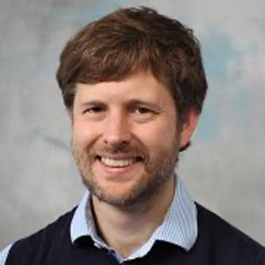
Senior Lecturer of Biophysics
Founder and CSO of Exciting Instruments Ltd
Deputy Head of Photophysical and Biophysical Chemistry Research Group
Sheffield Institute for Nucleic Acids (SInFoNiA) - Department of Chemistry
University of Sheffield - United Kingdom
Title: Shedding light on DNA repair using single-molecule fluorescence and molecular modelling
Bio: The Craggs Lab are experts in single-molecule fluorescence approaches to the biosciences, developing new methods and instrumentation to interrogate biomolecular structure, interactions and dynamics, beyond ensemble averaging. Current research interests include understanding the role of dynamics and supercoiling in aberrant DNA detection, developing high-throughput screening for GPCRs encapsulated in SMALPS, and in simplifying single-molecule instrumentation, making it available to the widest possible audience. As part of this drive for the wider uptake of these powerful methods Dr Craggs recently founded 'Exciting Instruments', whose first product - the EI-FLEX - is a benchtop single-molecule instrument for smFRET and FCS.
Sigrid Milles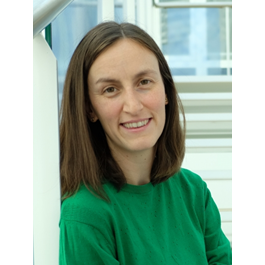
Junior Group Leader of the Integrated Structural Dynamics groups
Leibniz Forschungsinstitut für Molekulare Pharmakologie
Berlin - Germany
https://www.leibniz-fmp.de/milles
Title: Studying intrinsically disordered proteins involved in clathrin-mediated endocytosis by integrated NMR and single molecule fluorescence spectroscopy
Bio: Intrinsically disordered proteins (IDPs) are proteins without a stable three-dimensional structure that are highly dynamic. They are involved in many essential biological processes, such as signaling, cellular transport or gene regulation. Sigrid Milles' group is interested in the IDPs involved in clathrin-mediated endocytosis, the main transport pathway into the cell. These proteins are highly enriched in so-called "linear motifs", short amino acid sequence stretches that engage in essential interactions and build up a complex interaction network regulating and taking control over the internalization of molecules. By integrating parameters from single-molecule fluorescence and NMR spectroscopy, the group aims to decipher the molecular functions of linear motifs in endocytosis, but also the molecular mechanism of other biological processes in which multiple linear motifs play a role.
